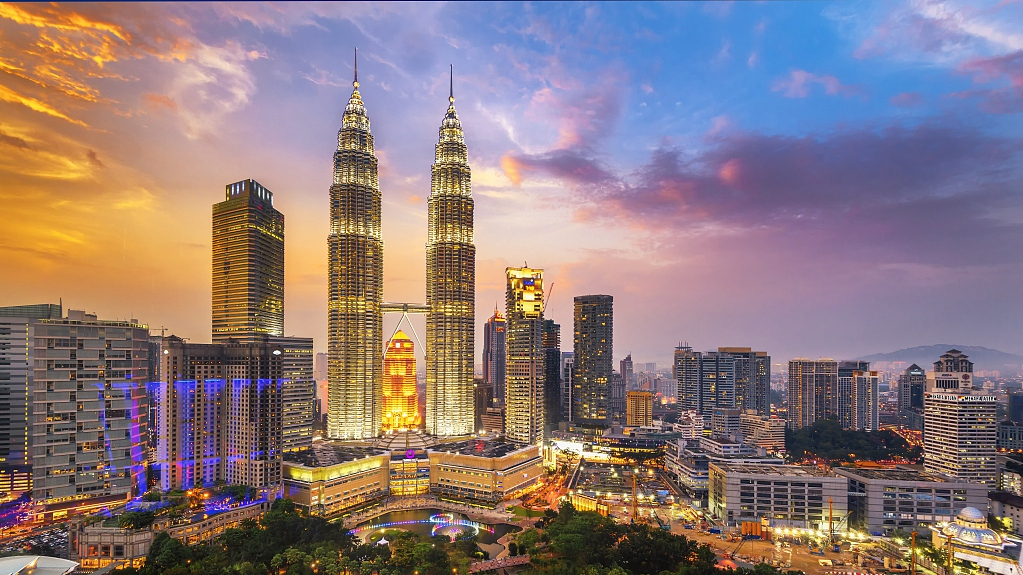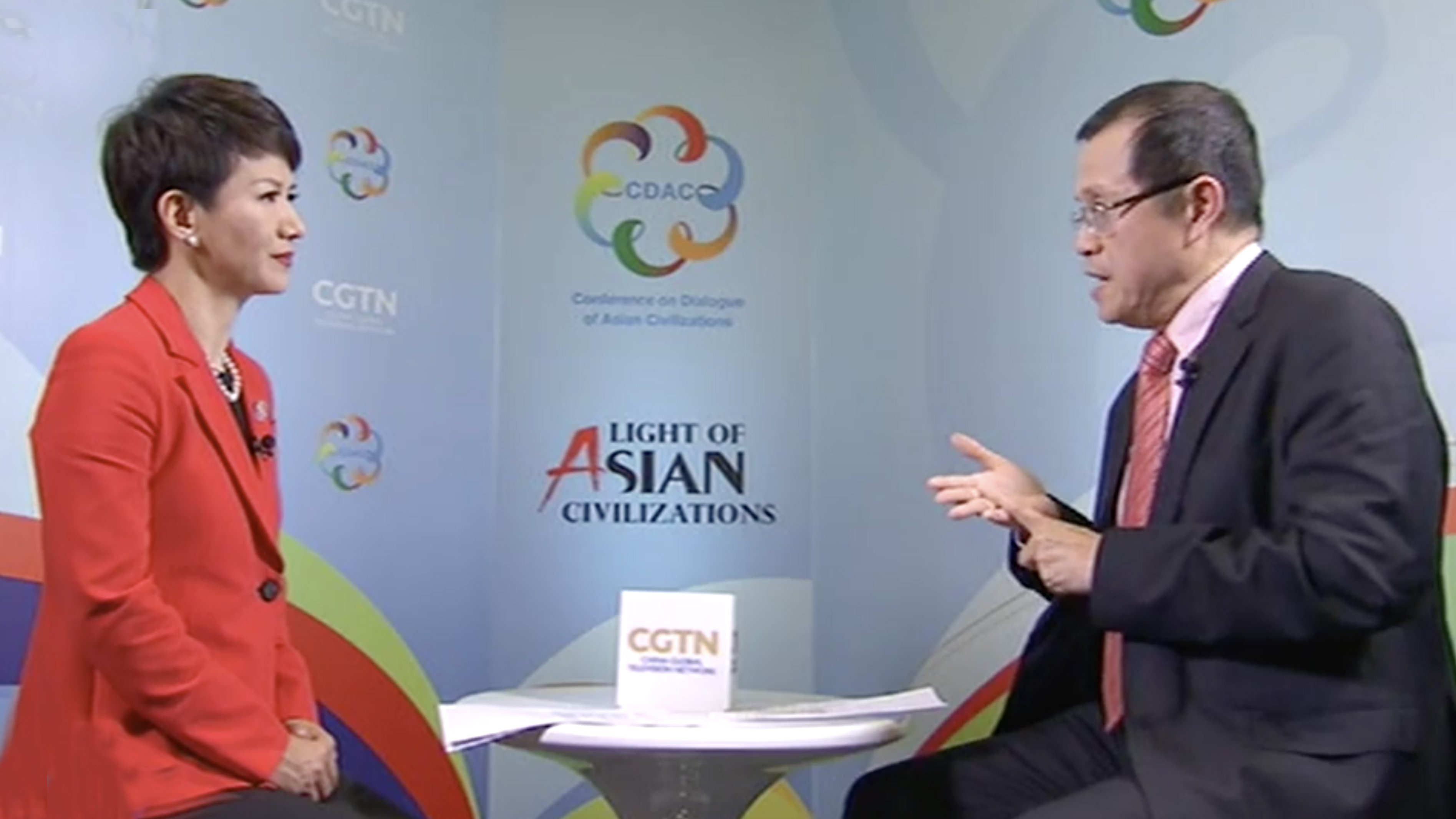
17:38, 04-Jul-2019
CDAC to re-examine Asian culture and rebuild confidence

The Conference on Dialogue of Asian Civilizations which opened on May 15 in Beijing is underway. Over 2,000 government officials and representatives from 47 Asian countries as well as other countries outside the region are participating in the event.
“This (Conference on Dialogue of Asian Civilizations, or known as CDAC) is very timely indeed. The dialogue provides a platform for the various cultures to interact. It's also a very good platform for us to learn from each other. Rarely do we have such an opportunity to interact with representatives with so many nationalities of different backgrounds,” Malaysia's former transport minister Ong Tee Keat said during an exclusive interview with CGTN on the sidelines of CDAC.
He continues, “Today, for the first time, I have the opportunity to interact with friends from near and far. Sometimes we might take for granted that we understand the culture of other peoples, but we may not have in-depth knowledge. This is a very good learning curve for me to acquire some new knowledge."
The wake-up call for Asians to regain the lost confidence in our culture
The world today is largely dominated by Western culture. Asians, however, don't have as strong and powerful narratives about their own cultures.
“The dialogue today is not only a platform for cultural interaction but also provides an opportunity to revisit our own culture with confidence,” Ong said, “Chinese President Xi's speech during CDAC is a wake-up call for the Asian people to regain our lost confidence. It's time for us to initiate inter-Asian culture engagement. And this may provide a template for other continents to follow, and ultimately, we would like to see the more cultural engagement of this kind around the world.”

“By the end of the day, we are aiming to present to the world a more inclusive Asia with confidence in our own culture, and also to project the non-confrontational characteristics of our culture to others.”
Malaysia: Putting notions of unity and diversity into practice
Cultural interaction is not only necessary among Asian countries but also is a blessing for stability and prosperity on the country level.
Malaysia, a multi-ethnic society that embraces Malays, Chinese, Indians, and other groups, is an ideal example of how to achieve cultural co-existence.
"We need to be tolerant to live with people of different religions and norms, but being tolerant is not enough for building a nation of diverse cultures," Ong said. On top of that, "The notions of unity and diversity need to be put into practices. None of the races should dominate although Malays constitute the majority. Culture is evolving and mutually enriching on one another.”
He said that the ethnic Chinese in Malaysia can still find the cultural element of Chinese civilizations, even though it's been influenced by other elements. When celebrating the Chinese lunar new year, some of the practices, especially in terms of the flavor of delicacies, may appeal to be more Malay-orientated.
SITEMAP
Copyright © 2018 CGTN. Beijing ICP prepared NO.16065310-3
Copyright © 2018 CGTN. Beijing ICP prepared NO.16065310-3